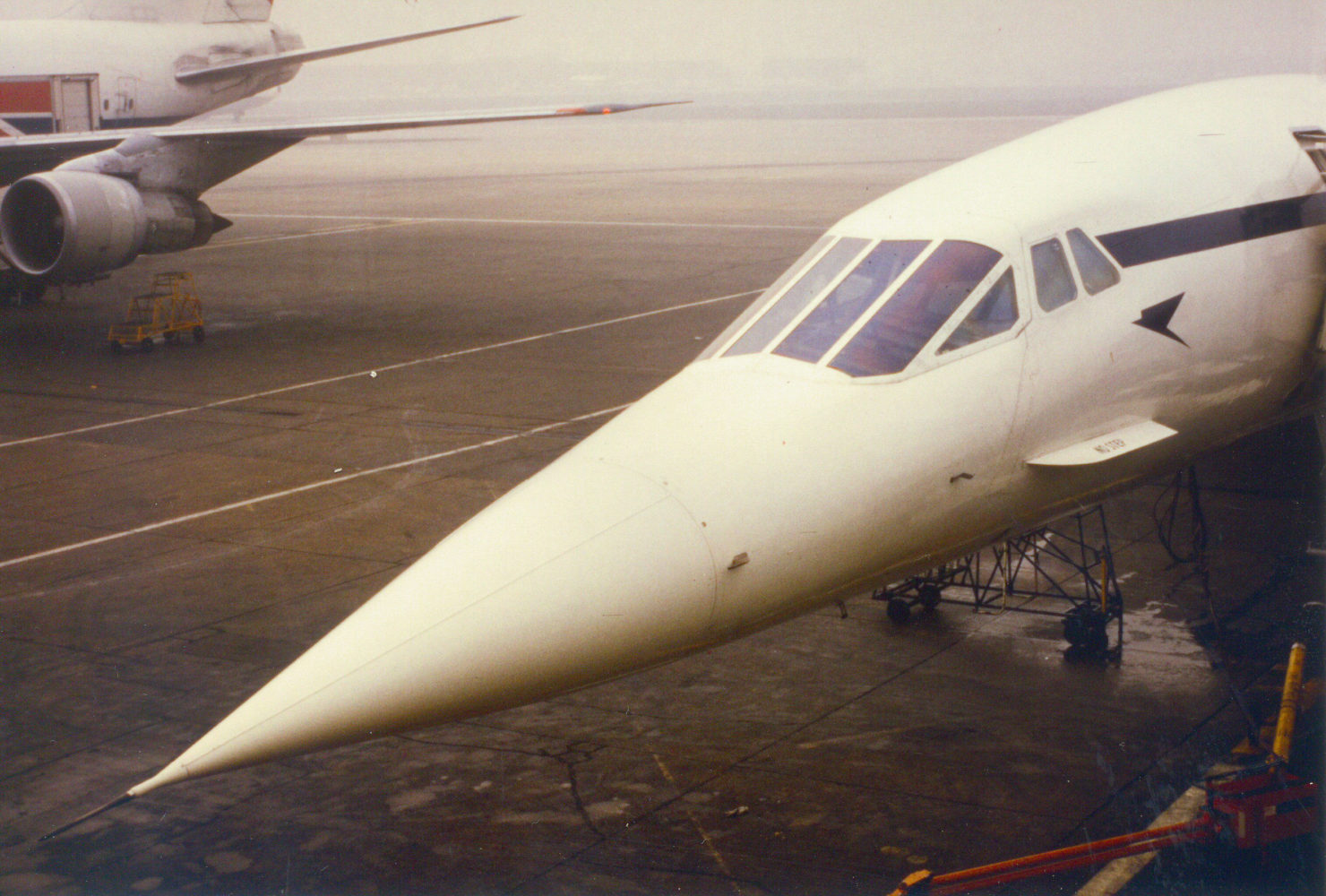Concorde to have droop-nose reactivated for 50th anniversary
Aerospace Bristol, a museum based in the United Kingdom, is lining up voluntary engineers and enthusiasts to prepare the Aérospatiale/BAC Concorde for its 50th anniversary on the 9th of April this year.
G-BOAF, a British Airways Concorde, will be undergoing some creative work to reactivate its highly-popular droop nose. A hydraulic power pack donated to the museum by Zeus Hydratech Ltd will be installed to power parts of the original electrical and hydraulic systems to facilitate the extension and retraction of the nose.
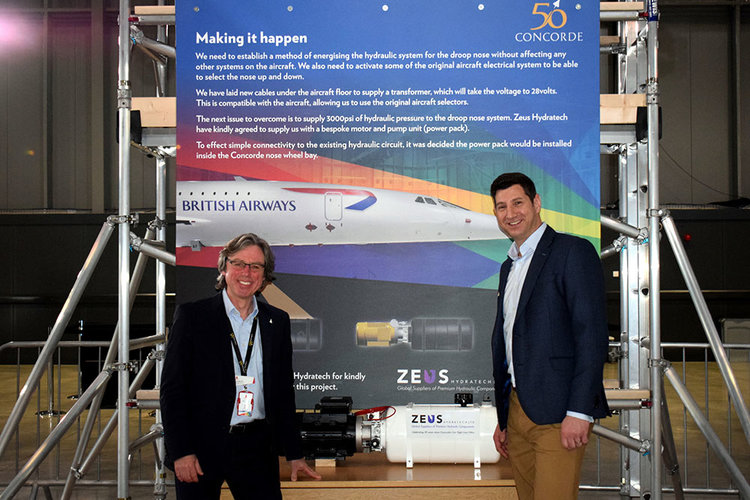
Lloyd Burnell, Executive Director of Aerospace Bristol, reflected on the pump donation in the following statement:
“We’re extremely grateful to Zeus Hydratech for providing the power pack for this exciting Concorde50 project. Thanks to their generous support, Aerospace Bristol will be able to make the droop nose of Concorde Alpha Foxtrot – the last Concorde to ever fly – operational once again, in celebration of 50 years since Concorde’s maiden flight.”
The nose of the Concorde was designed to lower to allow pilots to gain visibility of runways and taxiways during takeoff and landing. Since the retirement of G-BOAF, the nose has not been moved due to the removal of the hydraulic fluid prior to displaying the aircraft in the museum.
New cables have been laid underneath the cabin floor which connect to a transformer that brings the voltage to 28 volts, which is what the particular system can be operated with. The new electrical system will allow all the original controls in the cockpit for the droop nose to be used by an operator, adding to the authentic experience.
Using a custom-made bracket, the hydraulic pump will be positioned in the nose-gear bay of the aircraft, where it will connect to the existing hydraulic circuit providing 3000psi of pressure. You can see in the following images the bracket being constructed out of wood and two volunteers mounting the combination to the aircraft:
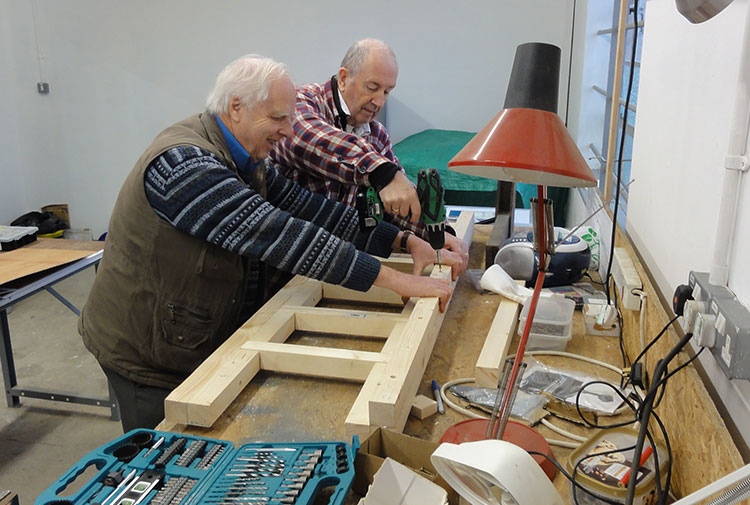
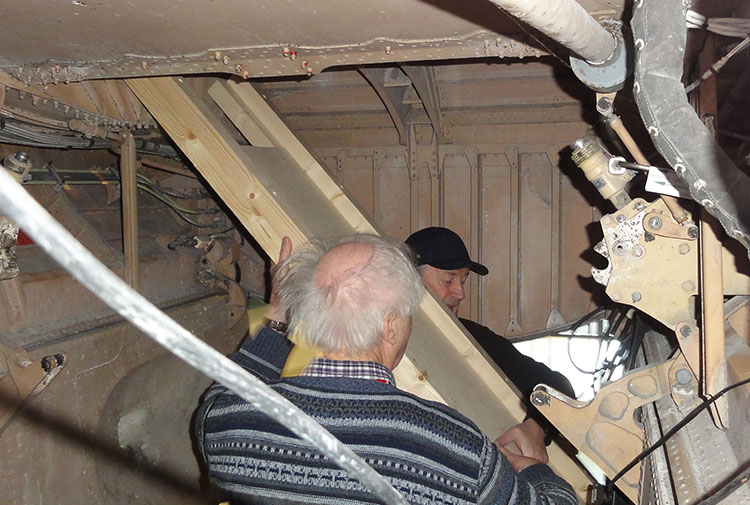
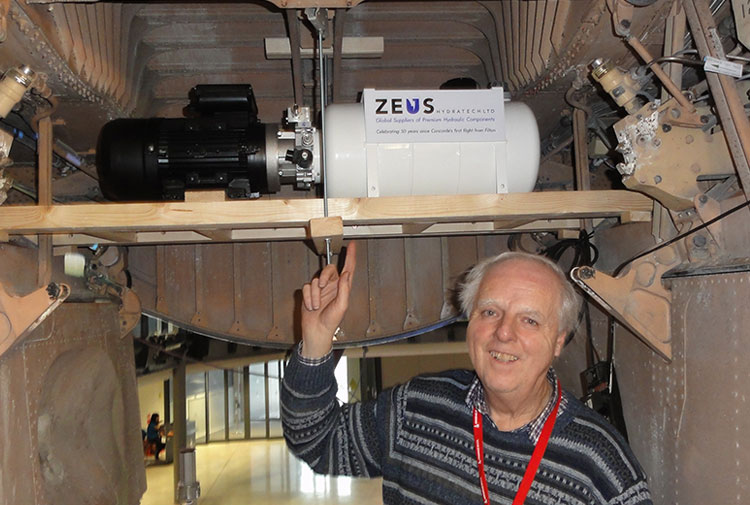 Travelling at twice the speed of sound was set to be the future in the 1960s, however it was a size vs speed competition at the time, with Boeing scrapping their supersonic aircraft project in favor of the 747, which is now seen as the winner in terms of sales success.
Travelling at twice the speed of sound was set to be the future in the 1960s, however it was a size vs speed competition at the time, with Boeing scrapping their supersonic aircraft project in favor of the 747, which is now seen as the winner in terms of sales success.
The Boeing 747 recently celebrated its 50th anniversary which matches the timeline of the Concorde vs 747 project at the time. You can read the 50th anniversary article here:
Rising fuel costs, complaints about its noise, particularly the sonic booms it created, and the devastating crash of Air France 4950 that claimed 109 lives in 2000 ultimately dug the grave for the aircraft, which was a favorite among aviation enthusiasts and passengers that could afford to spend the money on flying where they need to go faster.
Since its retirement, there’s been no real advancement in commercial supersonic aircraft for passengers, just research being conducted by the likes of NASA or small startups. Boom Technology is a company to keep your eyes on, with the company aiming to reintroduce supersonic air travel by 2025 with their Overture Airliner, capable of flying at Mach 2.2 with a range of 4,500 nautical miles (8,300km). Boom sees a potential for over 500 routes being operated by the aircraft, leading to a possible market of 1000 aircraft.
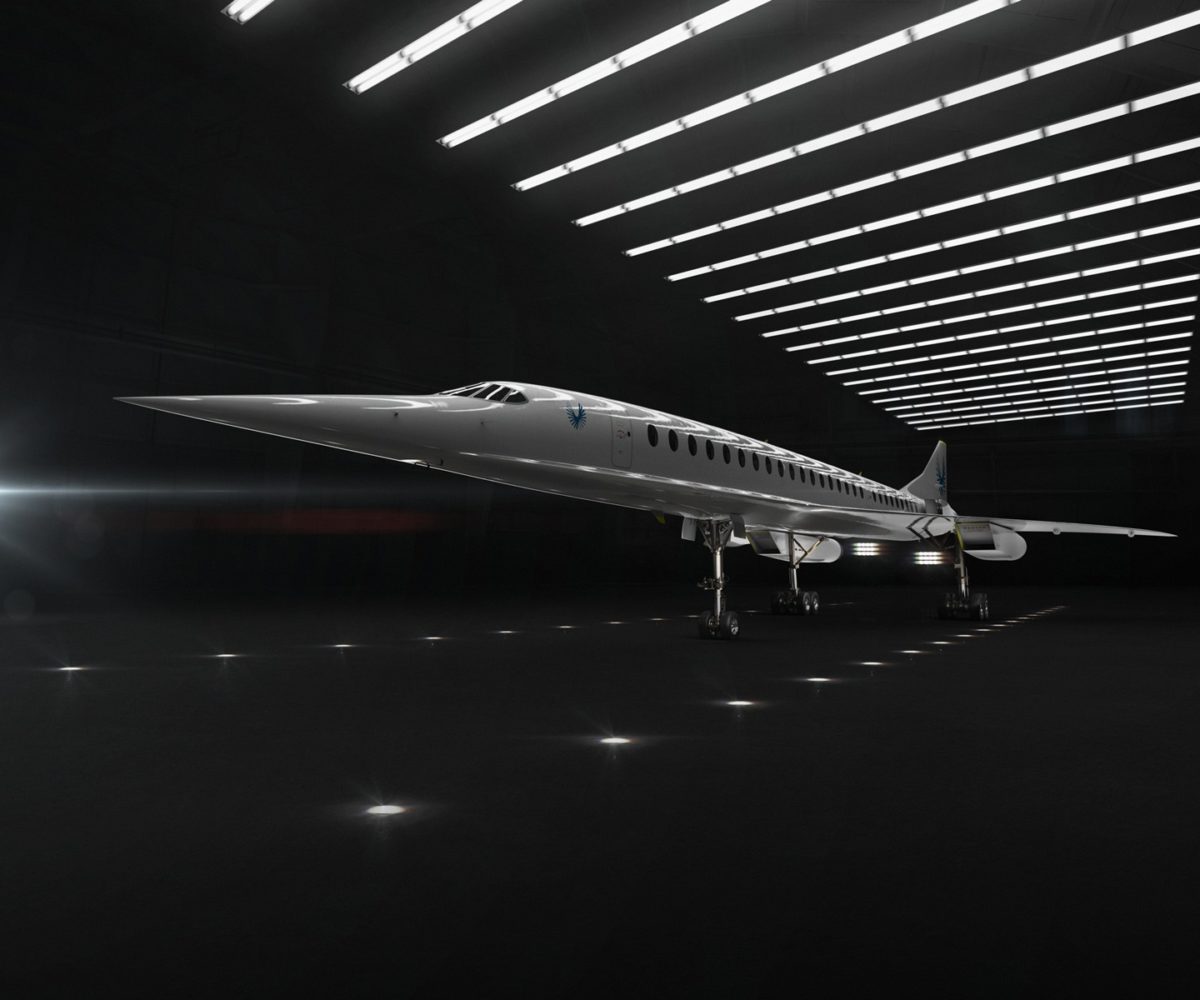
Additionally, Boeing recently announced their partnership with Aerion to support the development of the Aerion AS2 Supersonic Business Jet. You can read about that here:
The reactivation of the Concorde droop nose will likely be the closest we get to experiencing the Concorde. With the aircraft showing its age behind the visible displays and the ageing technology within untested, it’s certain no effort will be made to bring the aircraft back to life for a celebratory flight.
If you want to see the Concorde in action from the perspective of Sam Chui, you can view his trip report from 2003 here:
All Concorde repair/resurrection photos regarding the activation of the ‘Droop Nose’ have been sourced from the Aerospace Bristol website.
Boom Overture photo from Boom Website.
Cover photo by Mike McBey on Flickr.


